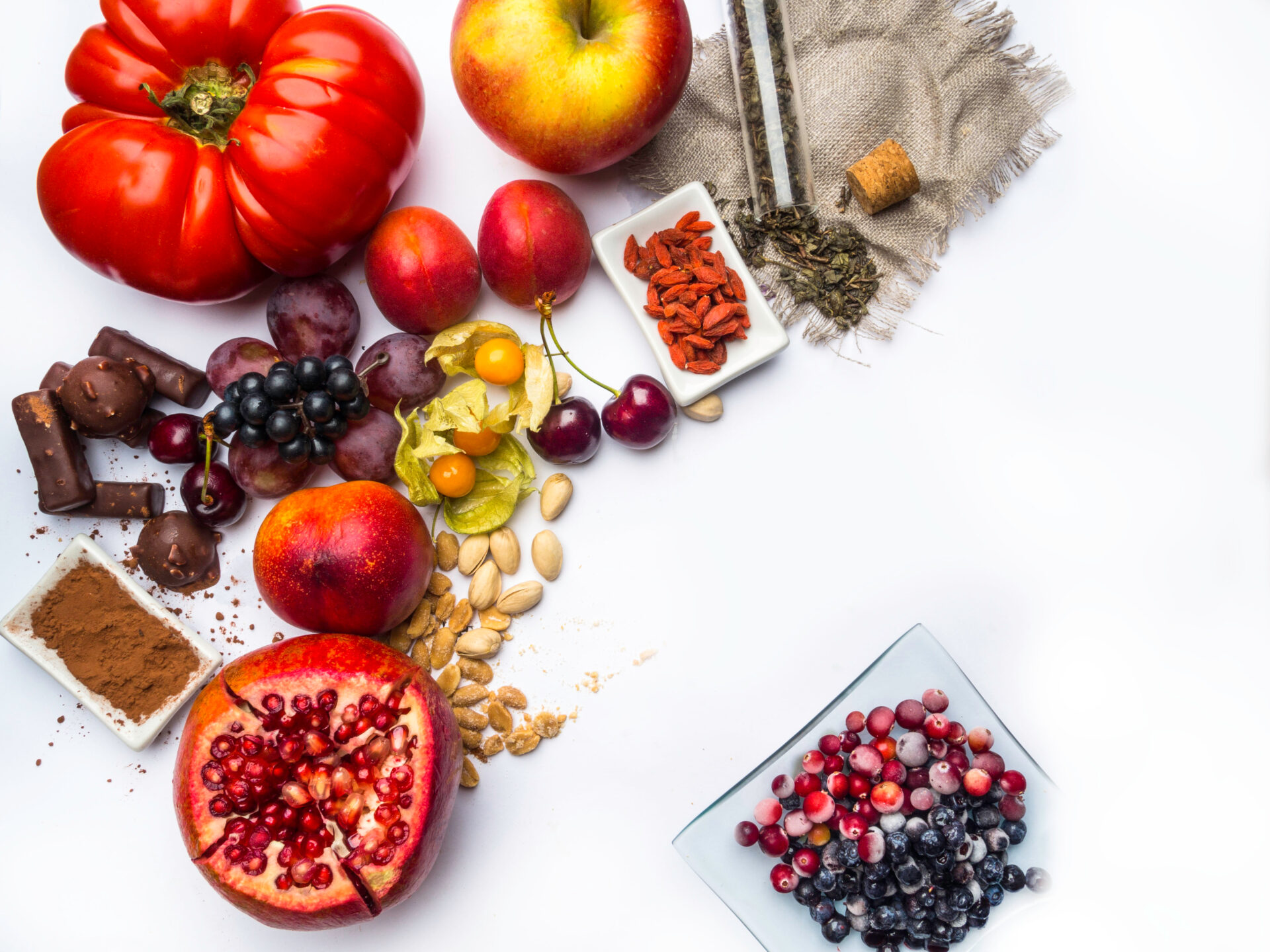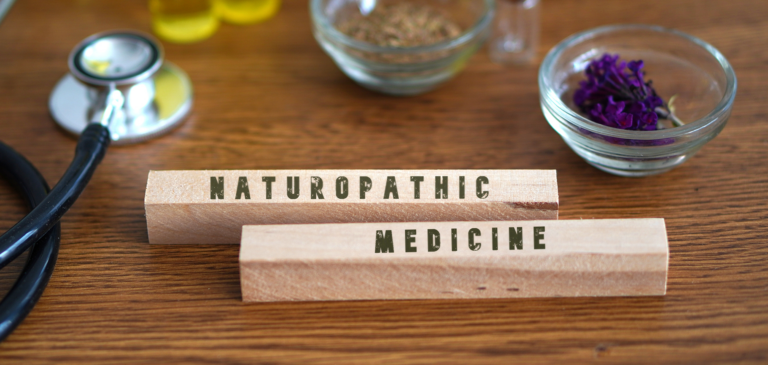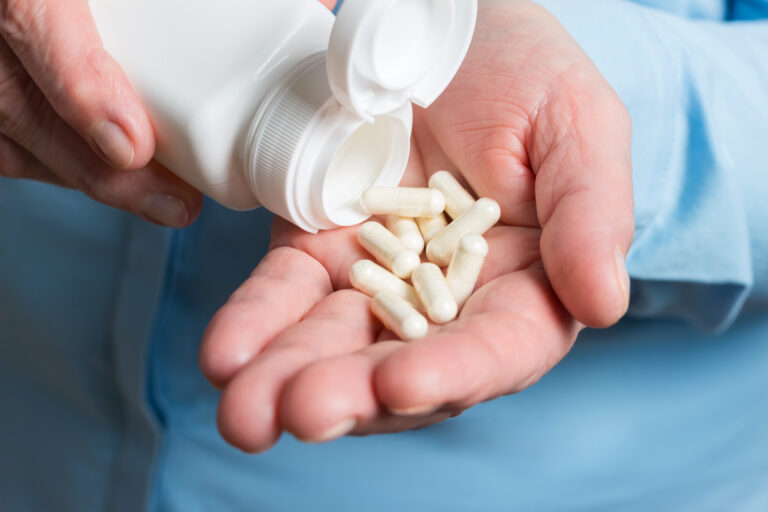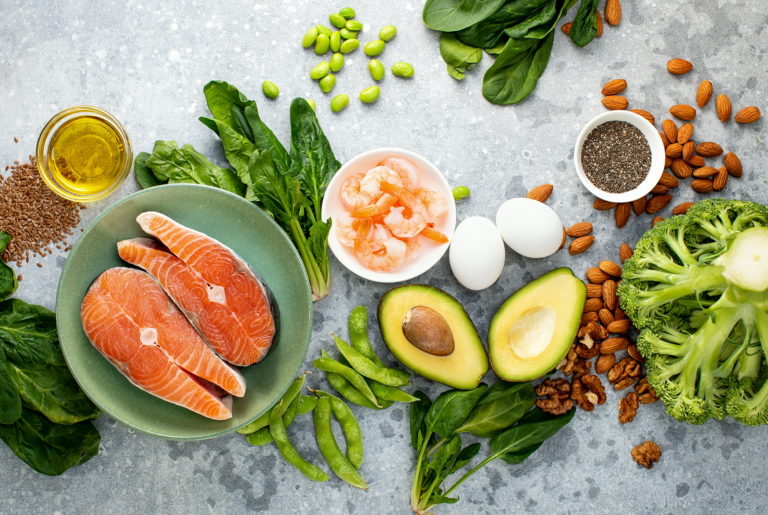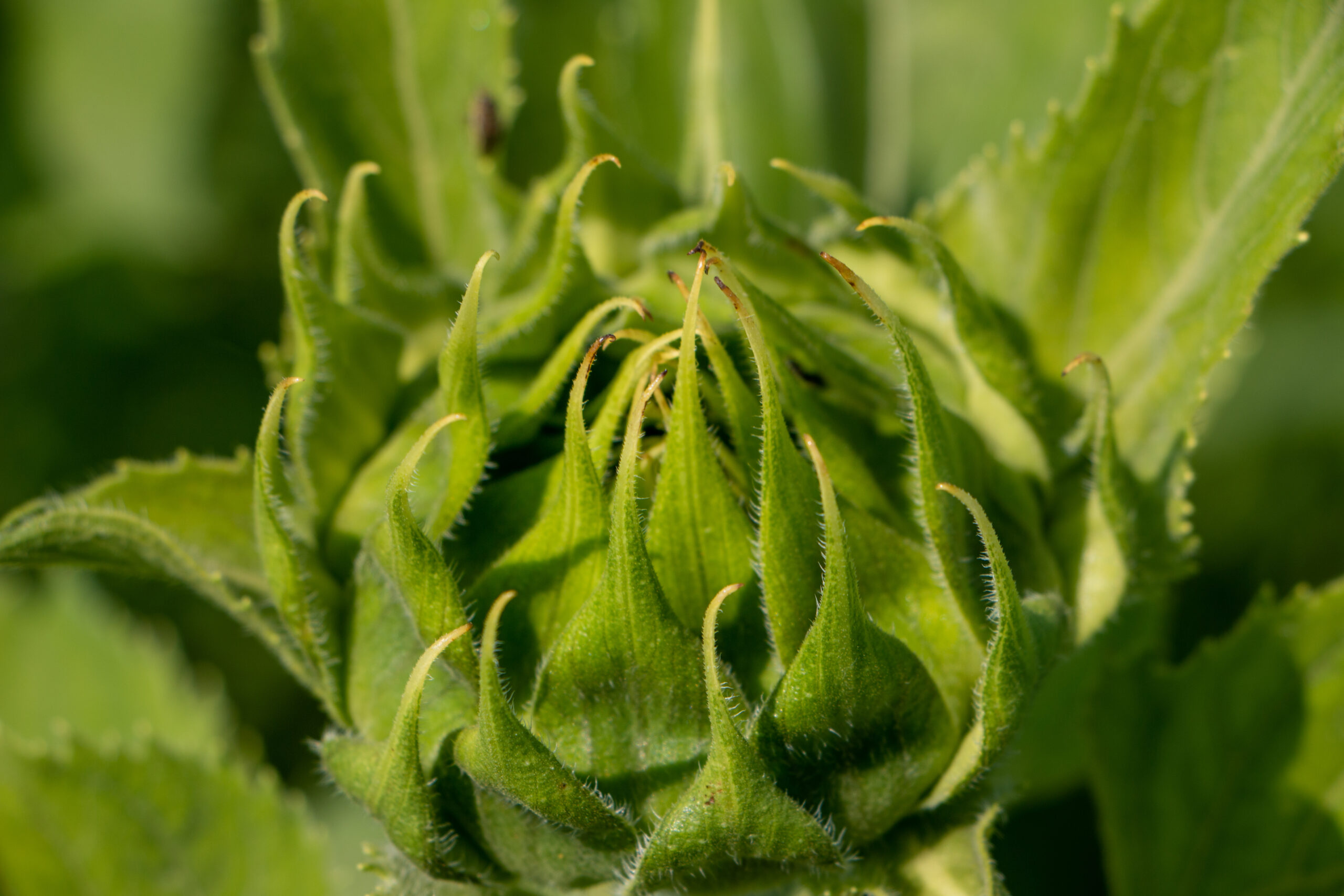Nutrients to Support Cardiovascular Disease
The cardiovascular system includes the heart and blood vessels which circulate blood throughout the body. It is responsible for delivering oxygen to every cell in the body and supplying nutrients like glucose to the muscles. Cardiovascular disease, or conditions resulting in abnormalities in the heart and blood vessels, is the leading cause of death in the United States. By adopting a healthy diet, engaging in regular physical activity, and optimizing metabolic health one can reduce their risk of developed cardiovascular disease.
Adopting a healthy diet can be one of the most modifiable and effective options to improve cardiovascular health. This includes opting for more heart healthy food options and reducing those that can contribute to cardiovascular disease. Heart healthy foods like broccoli or cauliflower are not just sources of nutrients, they also contain compounds with far reaching health benefits. These compounds directly influence cellular function – resulting in promotion of cardiovascular health. The discussion below highlights some well researched compounds for supporting this system.
Heart Healthy Compounds
Resveratrol
Resveratrol is a polyphenolic compound with antioxidant properties and cardioprotective benefits. Notably, resveratrol upregulates endothelial nitric oxide synthesis, or eNOS, which is an enzyme that produces nitric oxide.1 The production of eNOS directly regulates, modulates, and controls healthy cardiovascular function.2 Resveratrol is naturally occurring in grape skins, blueberries, cranberries, dark chocolate, almonds and Japanese Knotweed.
Allicin
Garlic contains allicin, which is a biologically active sulfur compound with antioxidant and cardioprotective properties. The effects of allicin have been shown to be quite comprehensive for cardiovascular protection, as it has been linked to a reduction of blood pressure, regulation of blood lipids and cholesterol, reductions in inflammation, improvements in heart cell contraction, and prevention of atherosclerosis and plaque calcification.3 Garlic can easily be implemented into everyday meals as a spice or as a powder.
Quercetin
Quercetin is a natural compound that helps prevent blood cells from sticking together, acts as an antioxidant, and can lower cholesterol levels. When consumed through dietary sources, quercetin has been shown to reduce plaque buildup in the arteries, regulate blood pressure, and prevent blood clotting, which are influential factors in the development of cardiovascular disease.4,5 Quercetin is naturally occurring in onions, kale, buckwheat, blueberries, and apples.
Curcumin
Curcumin is the compound giving turmeric its yellow coloring. It is responsible for the anti-inflammatory, cholesterol reducing, and metabolic supportive properties of turmeric. One of the hallmarks of turmeric is its impact on the reduction of systemic inflammation. Systemic inflammation is linked to multiple cardiovascular-related diseases, like diabetes, hypertension, and atherosclerosis. Additionally, as an antioxidant, curcumin can neutralize free radicals and upregulate superoxide dismutase (SOD), an important antioxidant enzyme, which promotes a healthy inflammatory response.6 Curcumin is only found in turmeric but can be paired with fenugreek seed extract or black pepper for optimal absorption. As opposed to black pepper, the formulation with fenugreek seed extract results in higher levels of free curcuminoids in circulation after absorption.
CoQ10
CoQ10 is an antioxidant naturally produced by the body which is utilized by cells for energy production necessary for growth, maintenance, and cellular function. As an antioxidant, CoQ10 reduces oxidative stress and promotes mitochondrial functioning, which benefits cardiovascular health. Specifically, CoQ10 has been evaluated to reduce the risk of hypertension, ischemic heart disease, myocardial infarction, and provide therapeutic benefits to patients with heart failure.7,8 CoQ10 is found in oily fish, red meat, nuts, organ meats and dietary supplements.
Sulforaphane
Sulforaphane is a sulfur-containing compound found in cruciferous vegetables. It has antioxidant and anti-inflammatory properties, and the ability to induce detoxification enzymes. Uniquely, sulforaphane activates Nrf2, a defense mechanism against oxidative stress, toxins and cellular damage, which then protects the health of the cardiovascular system.9 Additionally, sulforaphane might protect the heart from acute cardiac stress which could result in a reduction of heart attack or stroke.10 Sulforaphane is naturally occurring in cruciferous vegetables like brussel sprouts, broccoli, kale, cauliflower, arugula and Spanish black radish.
Conclusion
Cardiovascular disease remains the leading cause of death in the United States, so it is important to take control of modifiable factors like diet and lifestyle. Incorporating heart-healthy compounds found in foods like garlic, broccoli, and berries can provide powerful support. And compounds like resveratrol, allicin, quercetin, curcumin, CoQ10 and sulforaphane have all shown promising benefits. Adding these nutrient dense foods and compounds to the diet can help provide the support necessary for optimal cardiovascular function, and protection of long-term health.
